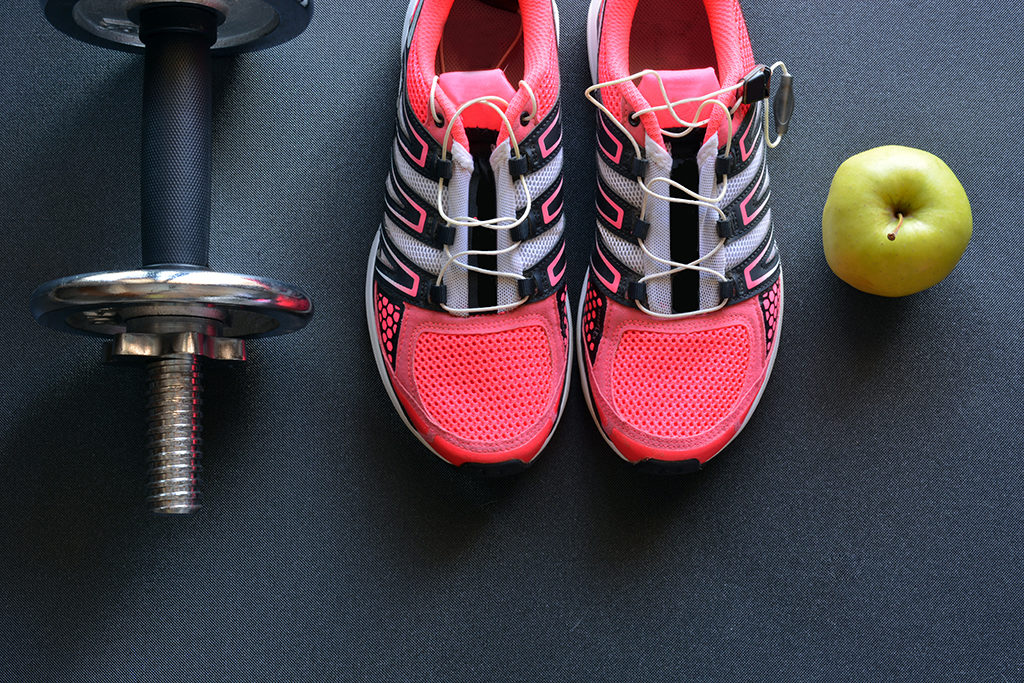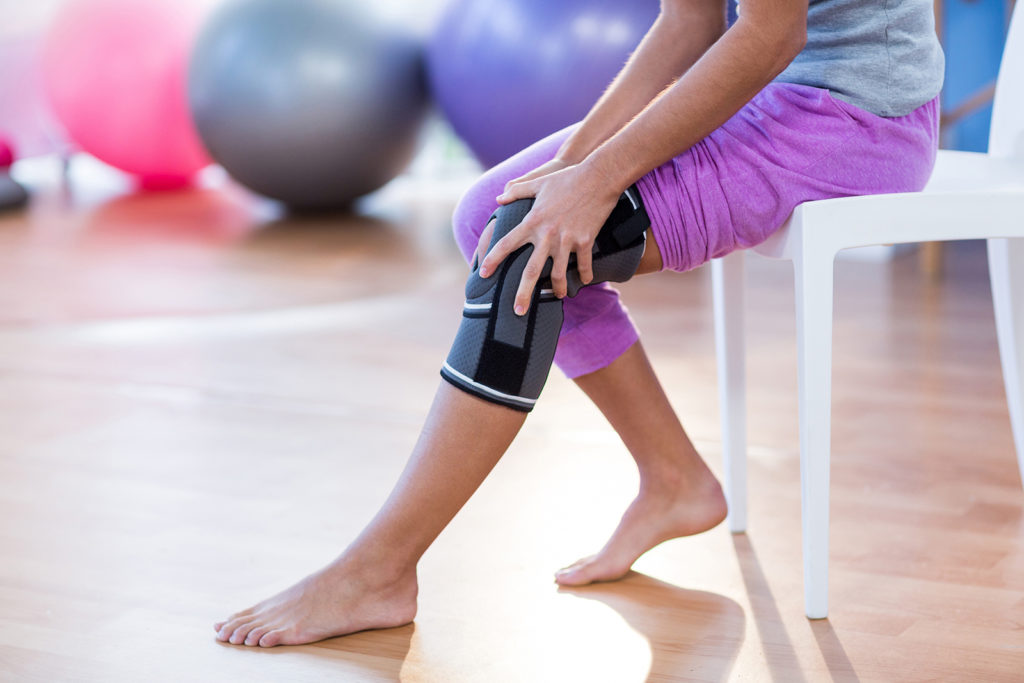So what is ‘Diabetes’?
When you eat or drink your body converts your carbohydrate intake to glucose. Insulin is needed to convert the glucose into energy.
Diabetics have either a lack of insulin or their cells are resistant to insulin. This results in high levels of sugar circulating in your blood.
Pre-diabetes is when your blood sugar levels are higher than normal. You are at a higher risk of developing type 2 diabetes and cardiovascular disease. But this can be reversed through lifestyle changes incorporating a healthy diet + regular exercise.

“…But this can be reversed through lifestyle changes incorporating a healthy diet + regular exercise.”
Effects and those at risk of Diabetes
Diabetes is a serious condition that can lead to other chronic health complications. These include but are not limited to cardiovascular and kidney disease, hypertension and peripheral neuropathy (loss of sensation in feet/hands).
You do not have to be overweight to develop diabetes. Other risk factors putting you at risk of developing diabetes are: being physically inactive, family history, age, high blood pressure and cholesterol, gestational diabetes.
How does exercise help?

Increasing physical activity can decrease risk of developing diabetes by 60% for those at risk.
Exercise assists in improving blood glucose levels, increasing sensitivity to insulin, decreasing blood pressure, decreasing proportion of body fat while increasing lean muscle mass, improves heart and lung fitness and reduces the risk of developing chronic complications associated with diabetes.
How much & what kinds of exercise?

Exercise & Sports Science Australia (ESSA) recommend the following:
Aerobic (prolonged exercise) such as swimming, walking, cycling for at least 150min per week of a moderate intensity. Or 65 min of a vigorous intensity. The 150 min can be broken into 20 – 30min sessions over the week. Start with 10min blocks and build on that, if you are really de-conditioned. Perform 3 – 7 days per week / with no more than 2 consecutive days without exercise.
Resistance/strength training using body weight, bands, free & machine weights for 60 min per week. This can also be broken down into 20-30 min sessions over 2-3 days per week. Perform 8-10 repetitions of 2 – 4 sets.
In Total = (aerobic + strength) at least 210 min of moderate exercise or 125 min of vigorous exercise per week.
So what now?
Visit the Diabetes Australia Website and use the handy online Calculator to find out your risk of developing type 2 diabetes within the next five years. It takes under a minute to get your answer, by completing 11 short questions.
Use the Diabetes Australia Risk Calculator
The team at Fluid Physio & Gym are ready to help you!
If you are concerned you may be at risk of developing diabetes or have already been diagnosed there is a lot of help out there, you just have to reach out.
Go to your GP and get a referral to see an Exercise Physiologist (EP). An EP is trained in individualising exercise programs to suit your condition/s and your lifestyle. After your assessment with an EP you are able to attend EP led exercise classes that are rebated by Medicare. You are able to get 8 of these per year.
Not the exercise class type? Our EP will help design an exercise program just for you and maintain your motivation.
Your starting point to a happier, healthier Lifestyle
At Fluid Physio+Gym our Exercise Physiology and Dietetics team is here to support you on your journey to better health. Contact us on 6646 3766 or click here to make your initial EP consultation online.
References
Journal of Science and Medicine in Sport 15 (2012) 25–31. Review. Exercise prescription for patients with type 2 diabetes and pre-diabetes: A position statement from Exercise and Sport Science Australia. Matthew D. Horderna,b,c, David W. Dunstang, Johannes B. Prinsa,b, Michael K. Bakerd,e,h,. Maria A. Fiatarone . https://www.essa.org.au/wp-content/uploads/…/ESSA_Diabetes-Position-Statement.pdf
Diabetes Care 2016 Nov; 39(11): 2065-2079. https://doi.org/10.2337/dc16-1728. Physical Activity/Exercise and Diabetes: A Position Statement of the American Diabetes Association Sheri R. Colberg1⇑, Ronald J. Sigal2, Jane E. Yardley3, Michael C. Riddell4, David W. Dunstan5, Paddy C. Dempsey5, Edward S. Horton6, Kristin Castorino7 and Deborah F. Tate8
Exercise is Right Australia: /exerciseright.com.au/diabetes-lower-your-risks-of-other-chronic-conditions-with-exercise/






About The Author: Fluid Physio
More posts by Fluid Physio